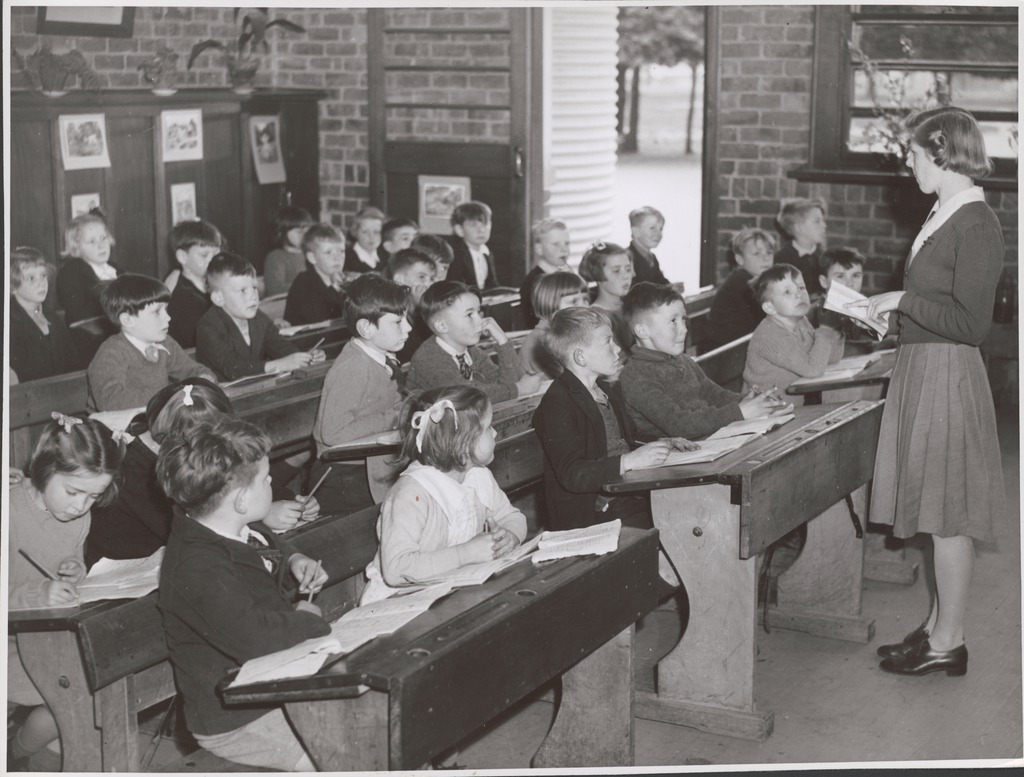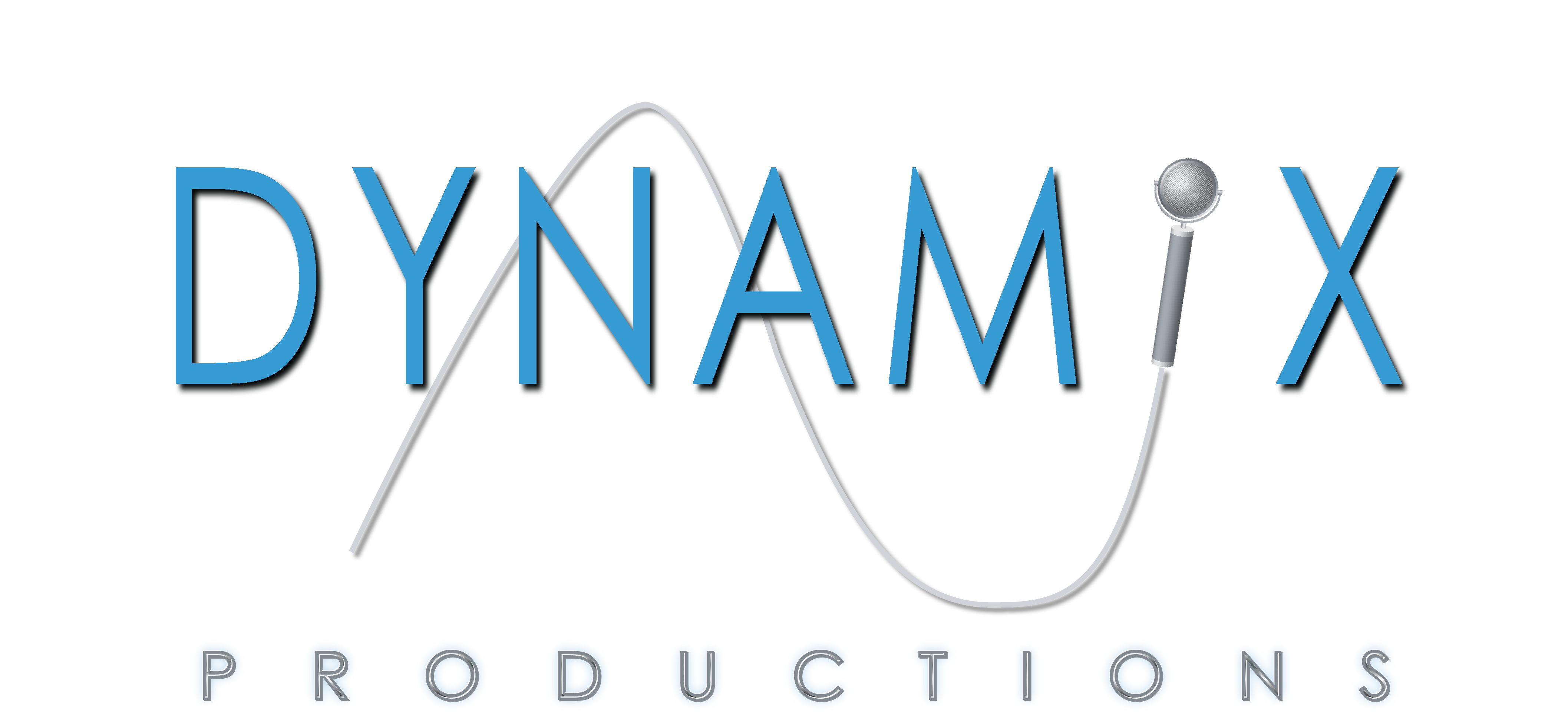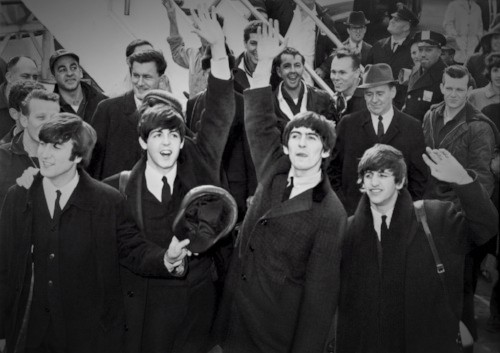

- © 2003 - 2025 Dynamix Productions, Inc. Contact Us 0



“My dear girl, there are some things that just aren't done, such as drinking Dom Perignon '53 above the temperature of 38 degrees Fahrenheit. That's just as bad as listening to the Beatles without earmuffs!”
James Bond
"Goldfinger" (United Artists)
The other day, someone said to me, "You must have golden ears." He was referring to my profession as an audio engineer. He assumed that I physically had much better hearing than the average person. I don't. In fact, I often have trouble hearing conversations at loud parties and can't hear high-pitched whines that drive 20-somethings crazy. But I do think I have better hearing than a lot of other middle-aged folks only because I've protected it all these years.
So I explained to my acquaintance that I have trained myself to listen for things that the average person might not hear right away. When I mentor students about ear training, I usually start out playing a few audio clips and have them tell me everything they hear. I then make my list of things I hear, highlighting the "back" sounds - things not so obvious like rumbles, backgrounds, clicks, etc. Once I point them out, the students' eyes light up when they hear them. I tell them to listen "around" the sound, to disregard the in-your-face front sound and listen to everything else behind it.
We all have the ability to use our senses to filter out the obvious and reveal something obscure. That hidden sound, smell, or taste is usually familiar to us (but sometimes it's something completely foreign to us). If you've never had Cincinnati-style chili, that first bite will have you pondering as to why this is so different than other chilis you've had. After 2, 3, 4, maybe even 5 bites you will start to shove aside the obvious flavors like beef, tomatoes, garlic, and peppers. You'll start analyzing the spices like the chili powder, cayenne, and cumin. Then it will hit you: it's the cinnamon. Oh, and there's a little bit of clove in there. And some vinegar, too. Now you will taste those on your next bite.
When I break down a recording and listen for faults, I am usually comparing my memory of an individual sound to what I'm hearing. I know what a ground loop buzz sounds like as well as a running air conditioner. I'm familiar with mouth clicks, throat gurgles, raspy breaths, sibilance, and plosives. I've created distortion, over-modulation, hiss, crosstalk, mic bleed, comb filtering, phasing, and off-axis positioning - mostly by mistake. So when I listen around the sound, I can usually pick up on most of these if they are there. That doesn't mean I hear more than someone else, it means that I listen differently.
I'm not always listening for bad stuff by the way. I enjoy being surprised by something new, like when I hear a guitar part I've never heard before in a classic recording. Sometimes an album that's been remastered or remixed will reveal these gems, or maybe it's from just being tuned in more to the background instruments. Whatever the case, it's always fun. It's a little less thrilling to be shown the underlying part, but still satisfying. For instance, VH1's "Behind the Music" series will often isolate tracks and uncover buried accompaniments. Sometimes they will mute that track, and the song all of a sudden becomes bare without it. You heard it all along, but you didn't listen to it before.
I spent a lot of my younger days playing trombone, most of it in ensembles like marching band, wind symphonies, and jazz groups. Although I can pick out the sound of a trombone instantly, I trained myself to listen to other instruments as well. Sometimes I would need to play counterpart to the trumpets, so listening was key. But I confess that sometimes it was from being lazy. You see, there were often long periods of time in a classical piece where the brass section just sat and counted measure after measure of rests. So I trained myself to listen to what was going on just before I had to pick up my trombone, blow out the spit, and put it to my mouth. I knew that when the clarinets did that little two measure run, I was my turn.
Ear training is not easy. You may be adept at picking out one type of sound, and fail miserably at another. Being a musician, I found identifying tones easier than identifying problems like distortion. It also took me a long time to identify narrow frequencies when adjusting equalization. Knowing that the human male voice resonates between 100-300 Hz helps in grabbing the right knob to adjust. But like playing music, the ability to be able to quickly narrow that down even further takes practice.
Want to train yourself? There are plenty of paid and free ear training courses on the web. For the best success, set realistic goals for yourself. If you want to run better live sound at your church, then buckling down and learning to hear common feedback frequencies will help. If you are just interested in listening to music with an educated ear, then playing recordings of solo instruments, taking a basic music theory course, and watching documentaries on the making of classic recordings will educate you. If your ultimate goal is to work as an audio engineer, then you'll need comprehensive training.